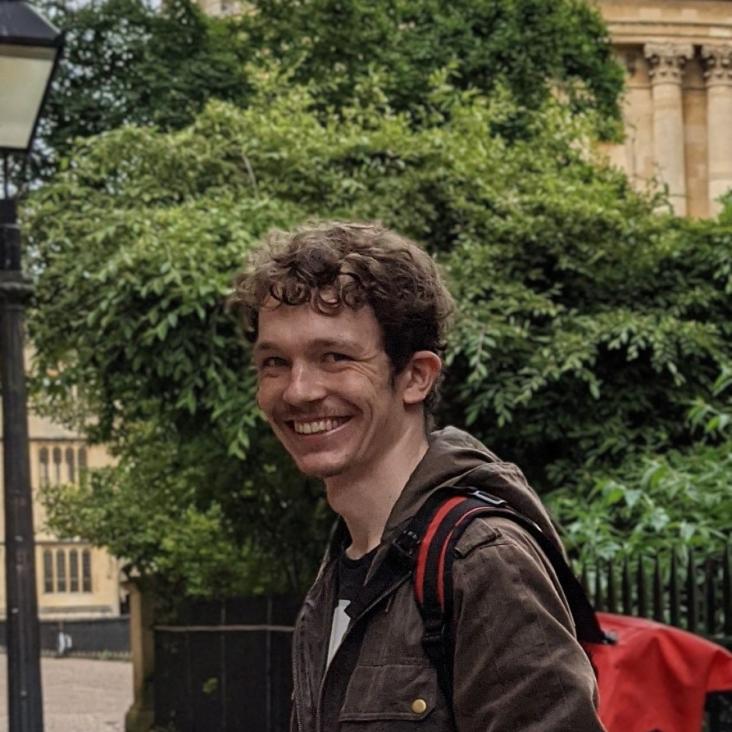Ultracold polar molecules as qudits
New Journal of Physics IOP Publishing 22:1 (2020) 013027
Abstract:
We discuss how the internal structure of ultracold molecules, trapped in the motional ground state of optical tweezers, can be used to implement qudits. We explore the rotational, fine and hyperfine structure of 40Ca19F and 87Rb133Cs, which are examples of molecules with 2Σ and 1Σ electronic ground states, respectively. In each case we identify a subset of levels within a single rotational manifold suitable to implement a four-level qudit. Quantum gates can be implemented using two-photon microwave transitions via levels in a neighboring rotational manifold. We discuss limitations to the usefulness of molecular qudits, arising from off-resonant excitation and decoherence. As an example, we present a protocol for using a molecular qudit of dimension d = 4 to perform the Deutsch algorithm.Sticky collisions of ultracold RbCs molecules
Nature Communications Springer Nature 10:1 (2019) 3104
Ultracold molecules for quantum simulation: rotational coherences in CaF and RbCs
Quantum Science and Technology IOP Publishing 4:1 (2018) 014010
Abstract:
Polar molecules offer a new platform for quantum simulation of systems with long-range interactions, based on the electrostatic interaction between their electric dipole moments. Here, we report the development of coherent quantum state control using microwave fields in $^{40}$Ca$^{19}$F and $^{87}$Rb$^{133}$Cs molecules, a crucial ingredient for many quantum simulation applications. We perform Ramsey interferometry measurements with fringe spacings of $\sim 1~\rm kHz$ and investigate the dephasing time of a superposition of $N=0$ and $N=1$ rotational states when the molecules are confined. For both molecules, we show that a judicious choice of molecular hyperfine states minimises the impact of spatially varying transition-frequency shifts across the trap. For magnetically trapped $^{40}$Ca$^{19}$F we use a magnetically insensitive transition and observe a coherence time of 0.61(3)~ms. For optically trapped $^{87}$Rb$^{133}$Cs we exploit an avoided crossing in the AC Stark shifts and observe a maximum coherence time of 0.75(6)~ms.ac Stark effect in ultracold polar Rb87Cs133 molecules
Physical Review A American Physical Society (APS) 96:2 (2017) 021402


